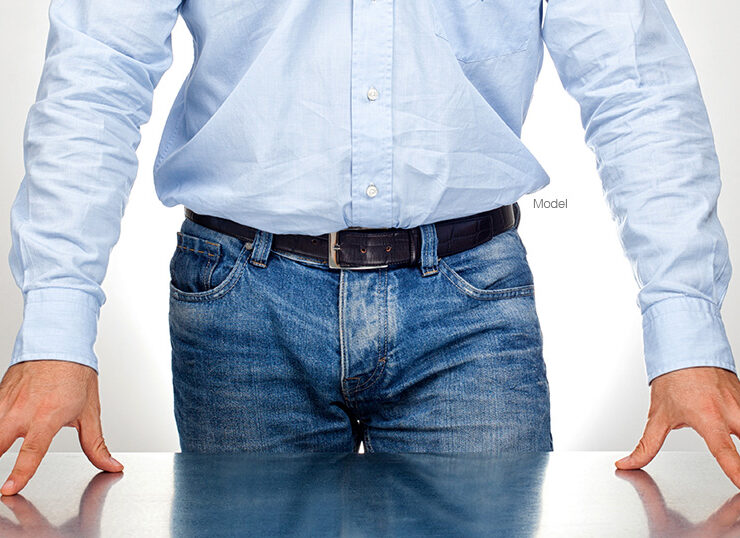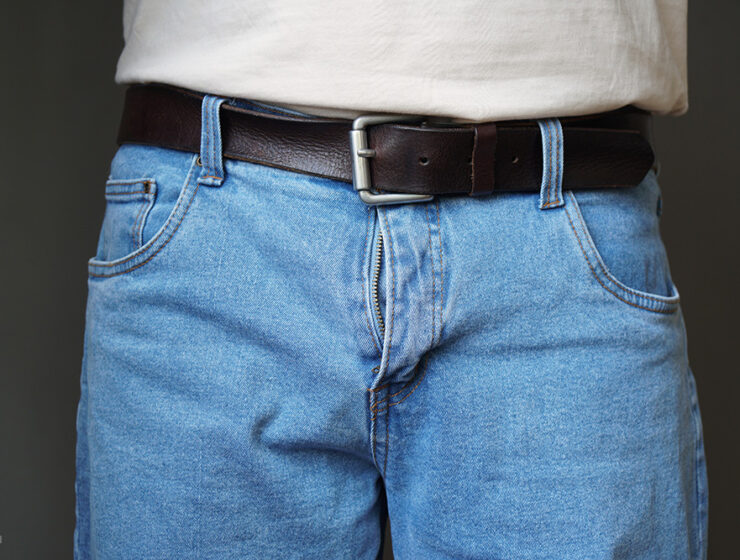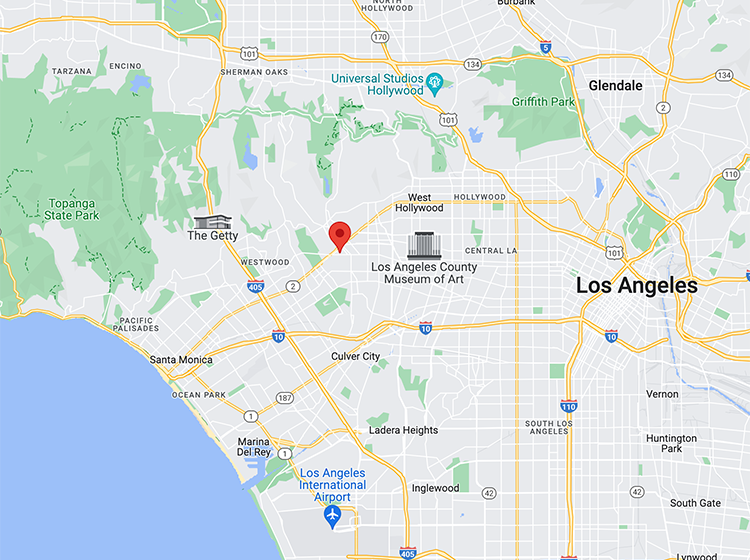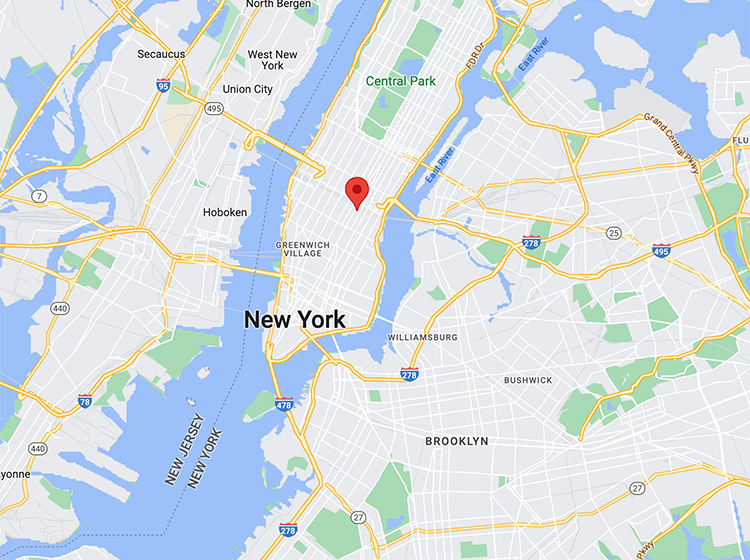Labiaplasty offers both physical and emotional benefits for women who dislike the look and projection of their labia minora. But is this procedure covered by health insurance? This blog discusses what benefits…

Peyronie’s disease is a condition in which fibrous scar tissue causes the penis to curve up, down, or sideways. The scarring can also cause indentations and hourglass deformities, shortening, lack of penile stability, and an associated aesthetic disfigurement. The scarring occurs in the elastic tissue surrounding the corpora cavernosa (erection chambers) of the penis. The scar tissue usually produces a firm area or plaque, which can cause the penis to bend towards the scar tissue, or cause it to inadequately stretch resulting in disfigurement, shortening, or narrowing. A common cause of Peyronie’s disease is trauma during sexual intercourse but it may be genetic or the result of other unknown causes.
OF THOSE AFFECTED BY PEYRONIE’S DISEASE RECEIVING NO TREATMENT, ABOUT ONE-THIRD OF THE PATIENTS IMPROVE, ONE-THIRD REMAINS THE SAME, AND ONE-THIRD GET PROGRESSIVELY WORSE.
Non-Surgical Options
Injection into the Peyronie’s plaques can be done with Xiaflex, which is an enzyme that breaks down scar tissue. The protocol requires multiple injections over weeks to months. The results show improvement in some men, but the degree of improvement is variable. Alternatively, Interferon can be injected into the plaques, also with variable success.
Newer protocols using shockwave therapy with or without Xiaflex and/or Interferon injections are being studied, but the studies are too early to determine the results. However, shockwave therapy alone will usually relieve the discomfort associated with early Peyronie’s disease.
Surgical Options
Surgical correction of Peyronie’s disease is required when the curvature or deformity makes sexual intercourse or penile function uncomfortable or impossible. Some men want correction due to psychological distress. Peyronie’s disease can also be associated with physical impotence, often necessitating a penile implant.
Penis straightening is performed by shortening the uninvolved longer side or by releasing the restrictive scar tissue on the shorter or concave side. This shortening procedure is called penile plication, and many surgeons perform it differently. When shortening is performed, the operation is simple and is performed on an outpatient basis.
When the convex side is lengthened, incisions are made in the Peyronie’s plaque, and the gaps are filled with either dermis (skin), vein graft, cadaver tissue, or fascia. This procedure is more involved than the shortening procedure, but is also very successful.
The discomfort from the surgery is usually mild to moderate. No intercourse is allowed for about six weeks though erections are allowed.
Dr. Alter and the entire team are dedicated to providing every patient with exceptional individualized care—from consultation to recovery. We take the time to learn about your concerns, goals, and desires, so we can build a plan that addresses your concerns and gets you the
results you deserve.

Labiaplasty offers both physical and emotional benefits for women who dislike the look and projection of their labia minora. But is this procedure covered by health insurance? This blog discusses what benefits…

Buried penis is not uncommon and can severely affect a person’s emotional and physical well-being. Dr. Gary Alter performs a corrective surgery to remedy this issue. This blog discusses the causes and…

This blog discusses buried penises, including how they happen, who is affected, and what the corrective surgery involves. 4 Min Read: Table of Contents What Is a Buried Penis? A buried or…

